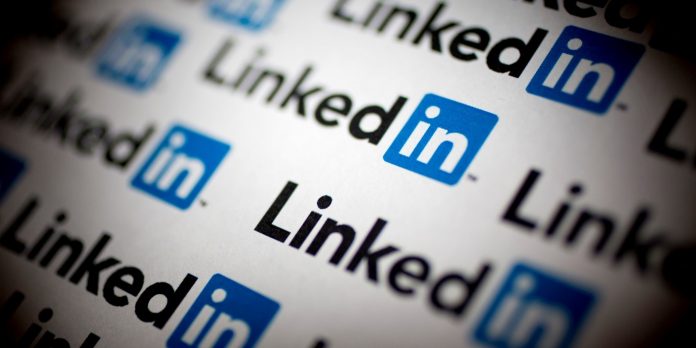LinkedIn is an effective informal business social networking site. However, charity messaging is all too much overlooked by better-known outlets like Twitter and Facebook. Even when LinkedIn is used, LinkedIn can be considered a background with content simply copying and pasting into other more individual social platforms.
But it is wrong to ignore the engaged and focused professional audience of LinkedIn and the distinct benefits that it offers in social media marketing.
There we look at how LinkedIn is helpful for non-profits and how the wider social networking approach will help.
LinkedIn Understanding
Almost all (96%) marketers in the UK (B2B) use the platform for advertising and six in ten classify the platform as “extremely effective,” according to LinkedIn. About 8 out of 10 leads for new companies come from LinkedIn.
In order to harness this Marketing Power, LinkedIn’s public and its functions know more.
The forum is mostly used for professional networking, and its user base is strongly dedicated, network-oriented, and responsive to strategies for social media marketing. They are a B2B community of people who like to see appropriate content for their work and are able, across a wide variety of sectors, to benefit from others.
The accurate content
It is essential to create strong content that is attractive to this professional user base. Recruitment communications, such as board nominees and new hires, are included. It is therefore important to encourage the work of charities and companies who donate or collect funds for their good causes.
Blog posts that can also be replaced on charity websites for a LinkedIn audience. There are also interesting links to interesting professional articles that help a wide range of employees.
However, be warned. No personal content is of interest to this public. So, while a cute picture of Instagram’s dogs could work for your CEO, LinkedIn’s users are less likely to love it. Moreover, the audience is not welcome to hear political news that is not relevant to working life. Similar issues can be broken in the workforce as well. On LinkedIn, treat it as such.
LinkedIn users are instead looking for content to help in the work and working life of their employees. It is also beneficial to job prospects. The quality of the audience of LinkedIn is clear but the platform also has the amount of audience to support its marketing use.
How to use it in the social media strategy of a charity
The first move in creating a website for the company is for a foundation to interact with users on LinkedIn. This should be attractive and the use of images should be strong.
LinkedIn also provides organizations with the ability to create workers’ networks. That’s a true force. It is technically beneficial because only people can engage in discussions and vote on posts, not organizations
This sense of personality in posts on the website is also relevant because “people are reacting far more to individuals than they are ever going to react to organizations,” says Tom De Fraine, Lightful ‘s Partnership Manager. Useful tips to coordinate the ‘army’ or staff marketers for a charity LinkedIn are to ensure consistency of the message, content reaching their contacts, and spamming.
The education charity ASDAN is one of the charities to successfully do this. Personnel is encouraged to publish and write articles regularly on the platform. Inside months of the app, monthly experiences increased by thousands. The number of clicks made on posts more than doubled every month, and the number of lovers more than tripled within six months.
Analytics and advertising
New audiences across the platform can reach via budgeting for paid advertising organizations.
LinkedIn ads contain sponsored content that is published in the newsfeeds of users. Charities may also produce their own website traffic ads. There are also pay-per-click advertising options, which can be more economical. Another alternative is to buy ads as direct messages in the inboxes of target customers.
The analytics that is available is another advantage of LinkedIn as part of the social media strategy of charities. This provides a detailed assessment of the success of content by charities.
Information includes overall page views, followers, unique visitors, population data, and how their reach is compared between devices, including desktops and mobile devices. For the successful use of LinkedIn, it is clear that different digital content and strategy are needed. The benefits for this dedicated, skilled audience may be perfect for experienced charity marketers.

